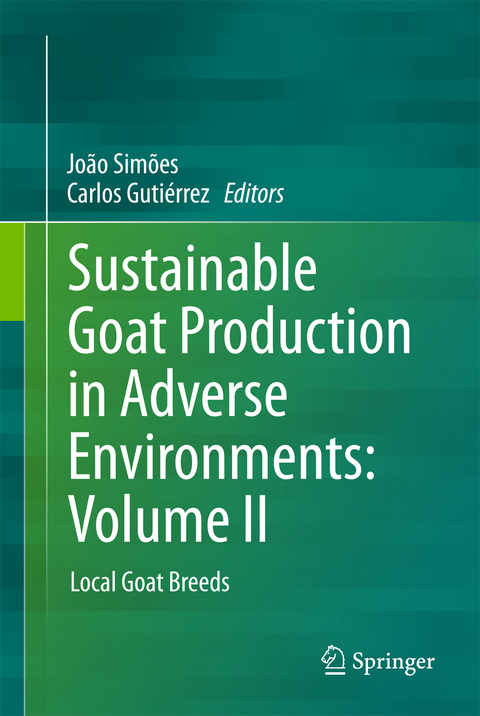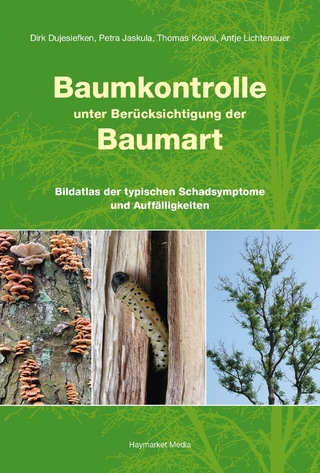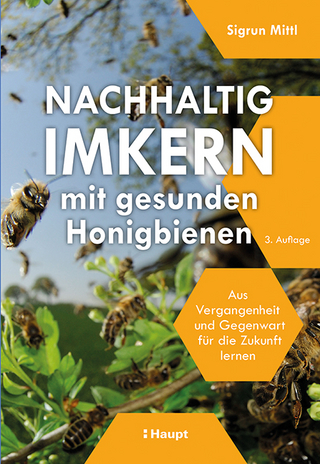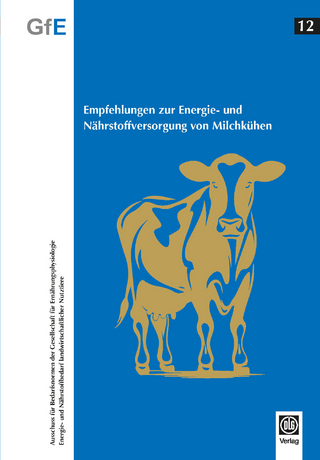
Sustainable Goat Production in Adverse Environments: Volume II
Springer International Publishing (Verlag)
978-3-319-71293-2 (ISBN)
This book covers more than 40 indigenous goat breeds and several ecotypes around the globe and describes genotypic and phenotype traits related to species adaptation to harsh environments and climate change. It also addresses sustainable global farming of local goat breeds in different production systems and agro-ecosystems. Discussing three main global regions: Asia, Africa, and Europe, it particularly focuses on adverse environments such as mountain, semiarid and arid regions.
The topic of this highly readable book includes the disciplines of animal physiology, breeding, sustainable agriculture, biodiversity and veterinary science, and as such it provides valuable information for academics, practitioners, and general readers with an interest in those fields.
João Simões Born in 1967 in Portugal and son of small farmers, João Simões soon developed an affinity for agriculture and livestock that was to shape his professional life and career. From 1993, as a DVM he mainly worked in large-animal clinics. Simultaneously, he joined the Portuguese academy as a professor at the School of Veterinary Sciences, University of Trás-os-Montes e Alto Douro. His academic research is focused on goat reproduction, and he obtained his PhD degree in Veterinary Science on the subject in 2004. He has written numerous scientific and technical publications in collaboration with veterinary students, producers and national agricultural associations. He lives with his wife and two small children in the mountain region of northeast Portugal. Carlos Gutiérrez Carlos Gutiérrez received the DVM in 1986, Diploma in Public Health in 1988, PhD in 1995, M.Sc. in 2003, and Diplom ECSRHM in 2013. Currently, he is a professor at the School of Veterinary Sciences, University of Las Palmas de Gran Canaria, Spain, and Head of the Large Animal Unit, Teaching Veterinary Hospital. He is particularly interested in tropical animal diseases (trypanosomosis in particular), zoonosis and metabolic diseases affecting dairy goats.
Preface "Think global, act local".- Introductory Chapter: Goats in Arid and Mountain Areas.- Section I Asia.- Chapter 2 Adaptation Strategies to Sustain Osmanabadi Goat Production in a Changing Climate Scenario.- Chapter 3 Barbari Goats: Current Status.- Chapter 4 Chinese Indigenous Goat Breeds.- Chapter 5 Rearing and Breeding Damani Goats in Pakistan.- Section II Africa.- Chapter 6 Adaptation of Local Meat Goat Breeds to South African Ecosystems.- Chapter 7 West African Goat Breeds.- Chapter 8 Nigerian West African Dwarf Goats.- Section III Europe and America.- Chapter 9 Turkish Hair goat, the main pillar of goat population in Turkey.- Chapter 10 Honamli, Newly Registered Special Goat Breed of Turkey.- Chapter 11 The Garganica and Girgentana Goat Breeds Reared in Different Regions of Italy.- Chapter 12 The Jonica and Maltese Goat Breeds Reared in Different Regions of Italy.- Chapter 13 The Sarda Goat, a Resource for the Extensive Exploitation in the Mediterranean Environment.- Chapter 14 The Girgentana Goat Breed: A Zootechnical Overview on Genetics, Nutrition and Dairy Production Aspects.- Chapter 15 Murciano-Granadina Goat: A Spanish Local Breed Ready for the Challenges of the 21st Century.- Chapter 16 The Canary Islands' Goat Breeds (Majorera, Tinerfeña and Palmera): An Example of Adaptation to Harsh Conditions.- Chapter 17 Reproductive and milk production profiles in Serrana Goats.- Chapter 18 Situation of Goat Farming in the Czech Republic.- Chapter 19 Current Situation and Outlook of Several Local Goat Breeds in the Semi-Arid Regions of Brazil.- Index.
"The book will be very useful for everyone working with goats. ... Definitely, a well-worth addition to an establishment's library for the benefit of all those working with goats." (G.C. Fthenakis, Small Ruminant Research, 2018)
“The book will be very useful for everyone working with goats. ... Definitely, a well-worth addition to an establishment’s library for the benefit of all those working with goats.” (G.C. Fthenakis, Small Ruminant Research, 2018)
| Erscheinungsdatum | 04.02.2018 |
|---|---|
| Zusatzinfo | XXII, 273 p. 71 illus., 65 illus. in color. |
| Verlagsort | Cham |
| Sprache | englisch |
| Maße | 155 x 235 mm |
| Gewicht | 608 g |
| Themenwelt | Weitere Fachgebiete ► Land- / Forstwirtschaft / Fischerei |
| Schlagworte | Adverse environments • Animal sustainable production • Genetic biodiversity, conservation and improvement • Goat conservation • Goat production • Goat welfare • Indigenous goat breeds • Infectious Diseases • Model vertebrates |
| ISBN-10 | 3-319-71293-4 / 3319712934 |
| ISBN-13 | 978-3-319-71293-2 / 9783319712932 |
| Zustand | Neuware |
| Haben Sie eine Frage zum Produkt? |
aus dem Bereich


